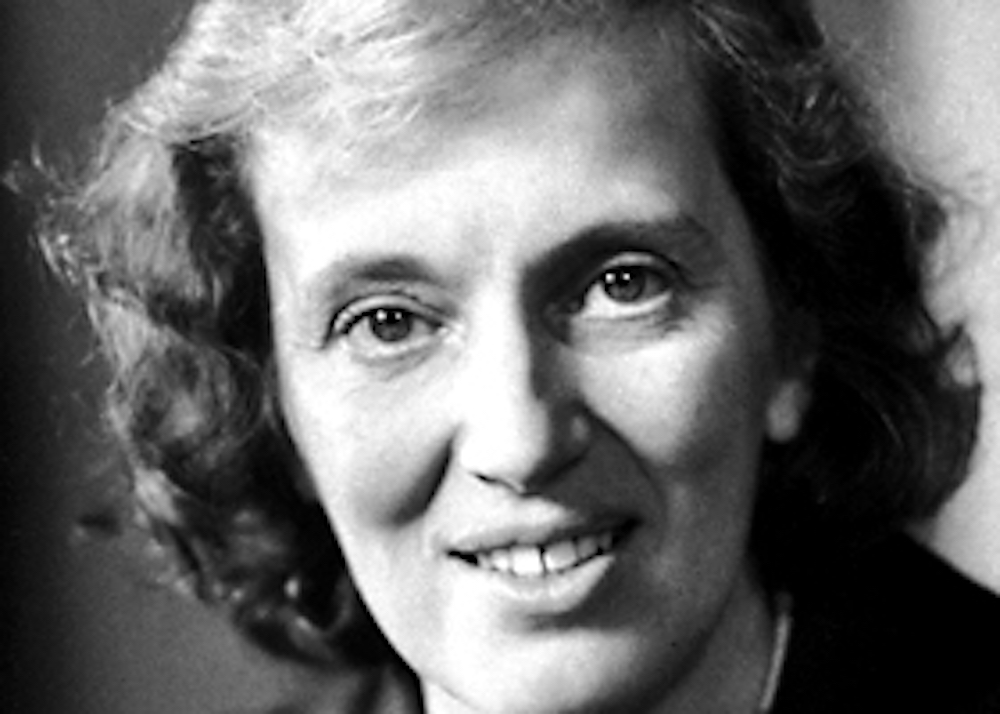
British chemist Dorothy Hodgkin was a pioneering scientist best known for her work in developing the crystallography of biochemical compounds, which became essential for structural biology. Her most influential discoveries include the confirmation of the structure of penicillin and determining the complicated structure of vitamin B12. For her work on the latter, she was awarded the Nobel Prize for Chemistry in 1964, the third woman to win. Five years later, she decoded the structure of insulin after 35 years of study.
Hodgkin, née Dorothy Crowfoot, was born in 1910 in Cairo, Egypt, to parents who were distinguished archaeologists. She and her sisters were sent to England to live with their grandparents and receive their education. Despite being separated most of their lives, their parents were encouraging, with Dorothy’s mother pushing her to pursue the passionate interest in crystals that she first exhibited at age 10.
After fighting to be allowed to study science alongside boys, Hodgkin was accepted in 1928 to a chemistry degree program at Somerville College, University of Oxford. She was one of the first undergraduates to study the structure of an organic compound using X-ray crystallography. She then moved to the University of Cambridge in 1932 for doctoral research under British physicist John Desmond Bernal, who was to be a lifelong influence.
While at Cambridge, Hodgkin helped Bernal to make the first X-ray diffraction studies of pepsin, a crystalline protein, after becoming aware of the potential of X-ray crystallography to determine the structure of proteins. During this time, she was experiencing pain and swelling in her hands, leading to an eventual diagnosis of rheumatoid arthritis. Undeterred, she adapted her X-ray equipment in order to keep using it and used heat therapy and aspirin as treatment. She continued to build up her impressive portfolio, including being the first to completely determine the structure of a complex organic molecule, cholesterol, by X-ray crystallography. Her breakthroughs in the structures of penicillin and B12 followed.
Hodgkin’s achievements led to her election in 1960 as the first Wolfson Research Professor of the Royal Society, Britain’s premier scientific academy. After her Nobel Prize win in 1964, she was made a member of the Order of Merit, Britain’s highest honor for achievement in science, the arts, and public life. She retired from public life in 1988 and died in 1994, remembered as a peace activist who was a kind, humble, and generous individual.
